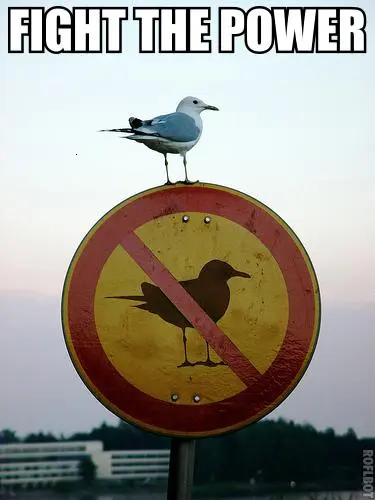Not even a good film.
- 0 Posts
- 42 Comments
One quirk of github copilot is that because it lets you choose which model to send a question to, you can gaslight Opus into apologising for something that gpt-4o told you.
I recently had an interaction where it made a really weird comment about a function that didn’t make sense, and when I asked it to explain what it meant, it said “let me have another look at the code to see what I meant”, and made up something even more nonsensical.
It’s clear why it happened as well; when I asked it to explain itself, it had no access to its state of mind when it made the original statement; it has no memory of its own beyond the text the middleware feeds it each time. It was essentially being asked to explain what someone who wrote what it wrote, might have been thinking.
All I’m seeing there is he decided to deliberately did something wrong on behalf of an imaginary person and then complain that doing the deliberately wrong thing broke the computer.
You don’t save to a CD, you burn it
deleted by creator
It sounds like the sort of garbage you hear shortly before “anyway it’s not a democracy, it’s a constitutional republic”.
You are in the minority with your experience. Either you lucked out on ME or you had especially bad luck with XP.
Brand name PCs were being sold in 2000 with ME installed, that fresh out of the box would hang just trying to load the applications that were shipped with it.
ME would just be a brick wall.
And I would happily go back to using 2000 if I could. I held out all the way up to about 2012, at which point the number of games that wouldn’t run out of the box got to an untenable amount. :(

 11·2 months ago
11·2 months agoCan’t remember who it was (b3ta? popbitch? penny-arcade?), but I recently saw a comment by someone who’s been running a website since the turn of the millennium, and they said that fully 99% of the links they posted two decades ago were no longer valid.
To really put that into perspective, you have to remember that for most sites to get linked to from a popular site like that, meant that it was usually something of value that would have had a lot of work put into it, and that people found interesting or useful.
Most of the “childhood trauma” people are citing are things that weren’t aimed at children to begin with. Try some Watership Down (1978) at 2pm on BBC1 during the Christmas holidays.

Technically should be 3.14.2, or even 3.14.16. On account of how quoting something to a limited number of significant figures works.
This shouldn’t need saying obvs but https://www.snopes.com/fact-check/cnn-women-soldiers-breastfeed/
I’m not even trans, I just like the aesthetic and these socks help me program better



Yeah, I wish they’d made the second graph show percentage point difference instead of percentage growth.